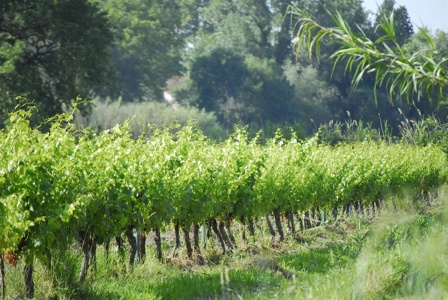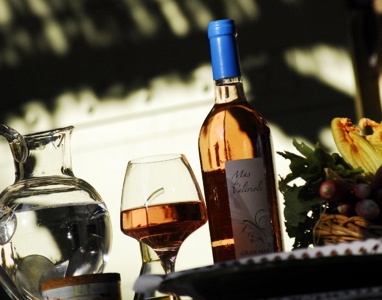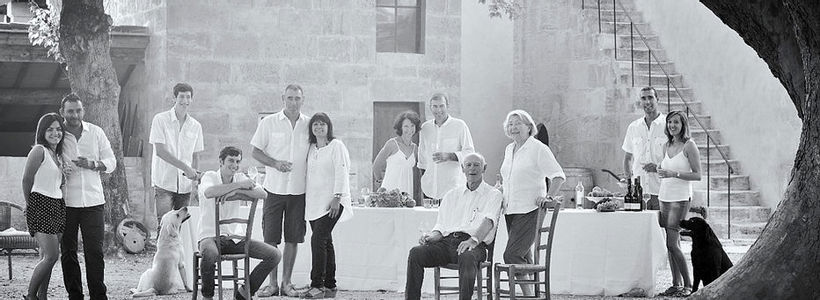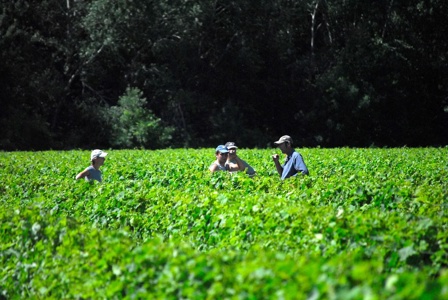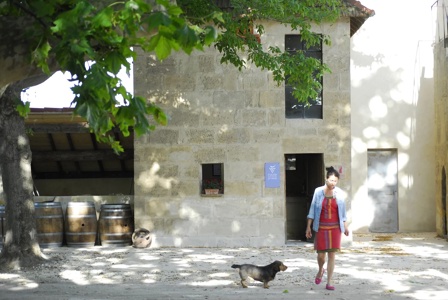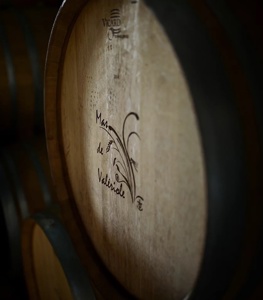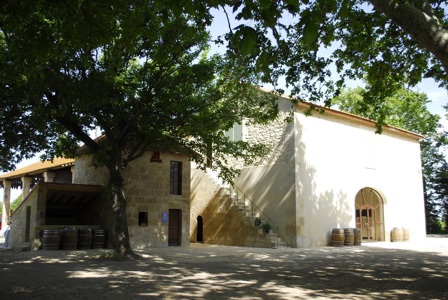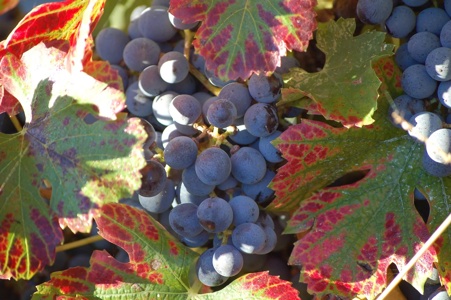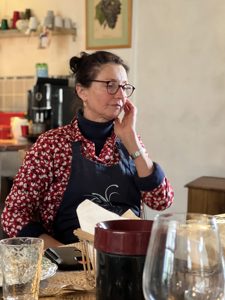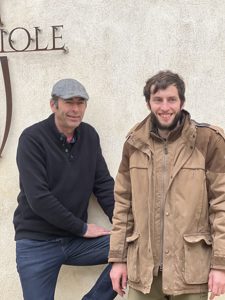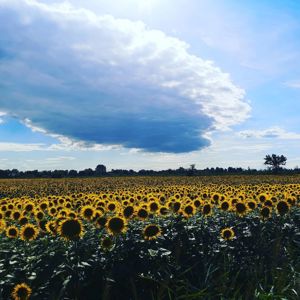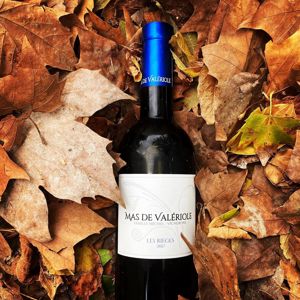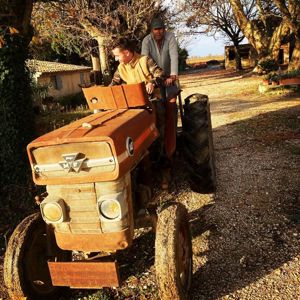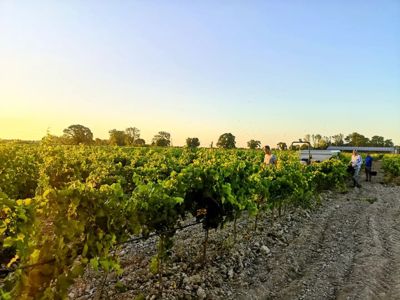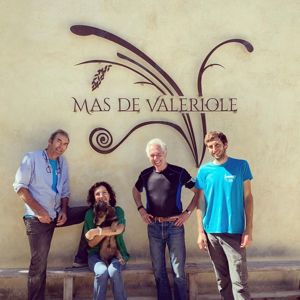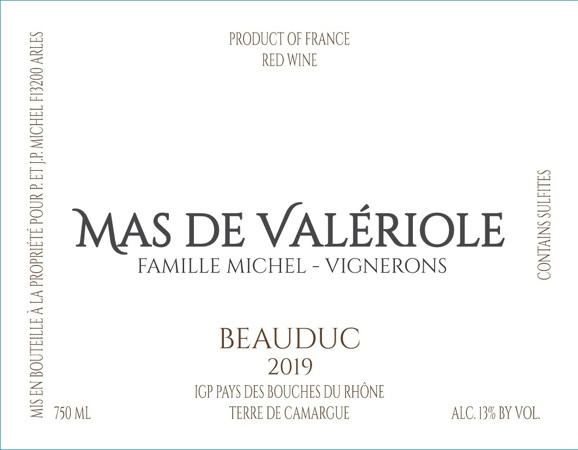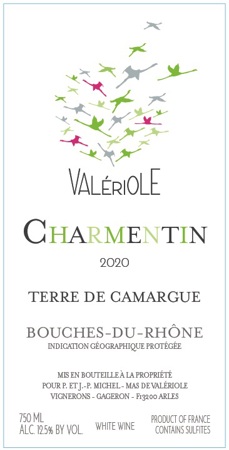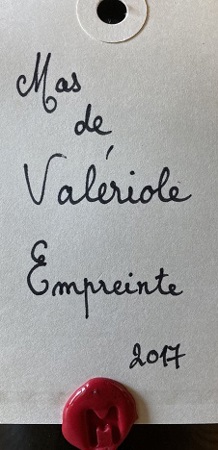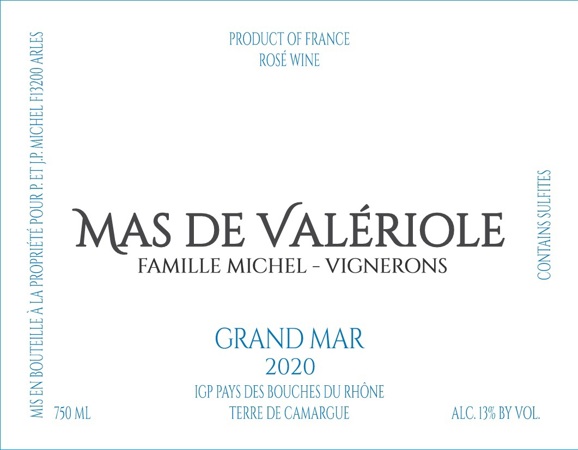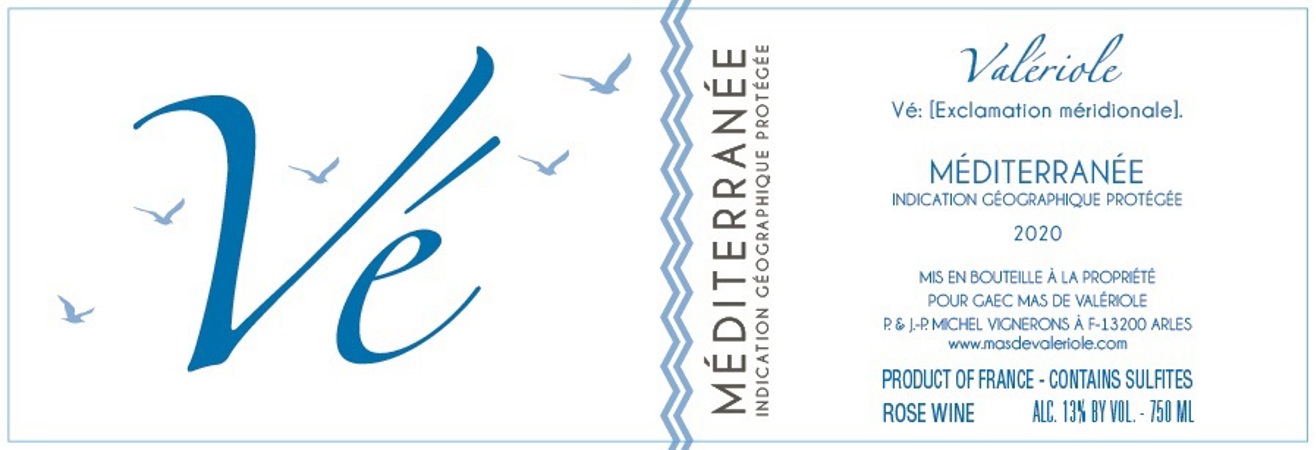Mas de Valeriole

Mas de Valeriole Gallery
Just upstream of the ancient city of Arles, the mighty Rhone river abruptly forks, and its resultant two arms-the southeasterly-flowing Grand Rhone and the southwesterly-flowing Petit Rhone-encircle the largest river delta in western Europe. The Camargue's 360 square miles possess a raw and rugged beauty, far removed spiritually from the idyllic seaside beach towns of the Cote d'Azur, but equally as spectacular; Arles, after all, is where the likes of Gaugin, Picasso, and Van Gogh set up shop to capture the area's spellbinding southern light.
The Camargue is renowned for its distinctive agricultural products: salt, from vast marshes that hug the Mediterranean; varyingly hued and deeply nutty wild rice; and, of course, wine. Just ten miles due south of Arles, the Michel family stewards the lovely Mas de Valeriole, a 45-hectare estate founded in the early 15th century and purchased by the Michels in the late 1950s. Around the turn of the century, brothers Jean-Paul and Patrick Michel focused their energies on improving the estate's wines, adopting organic viticultural practices in 2006 (certified today) and refining their approach in the cellar; today, the next generation is beginning to assume greater responsibilities, and there are exciting projects in the pipeline here...
Mas de Valeriole's vineyards, which today comprise 32 of their 45 hectares, encompass a variety of soil types: sand, clay, limestone, and alluvial loam deposited by the Grand Rhone. A reliably steady wind blowing in from the Mediterranean mitigates the Provence heat, facilitating their chemical-free approach to farming and ensuring modest alcohol levels for the wines. Produced from a variety of cepages, including Cabernet Sauvignon and Merlot, plus crossings like Caladoc (Grenache and Malbec) and Marselan (Grenache and Cabernet Sauvignon) which are particularly well-suited to the Camargue's climate, Mas de Valeriole's wines combine the breezy freshness one expects from Provence with a sense of wildness and an underlying salinity that is very Camarguais.
